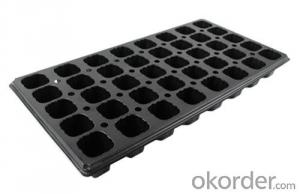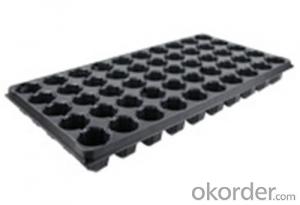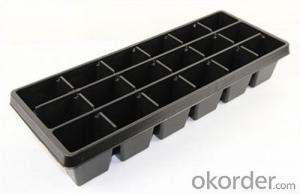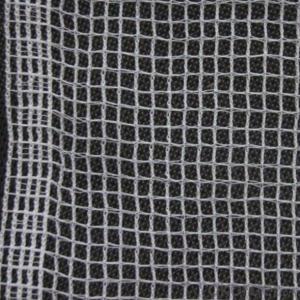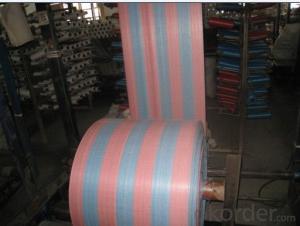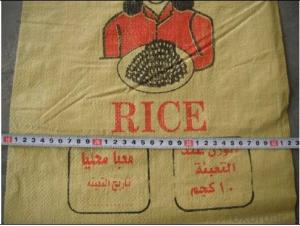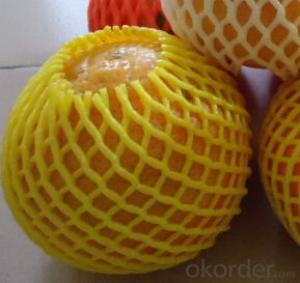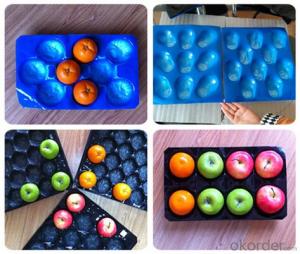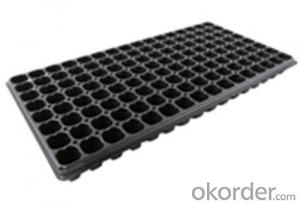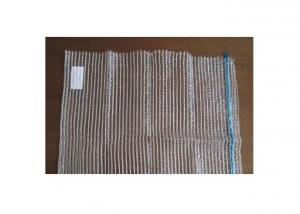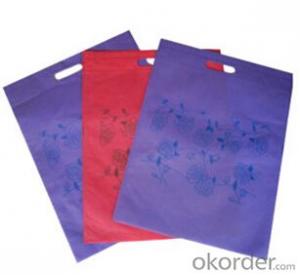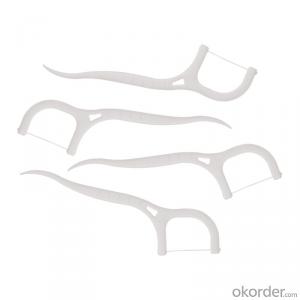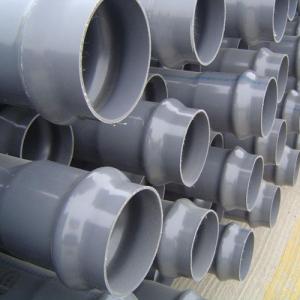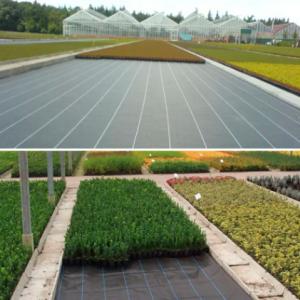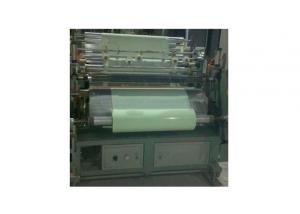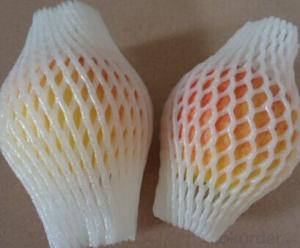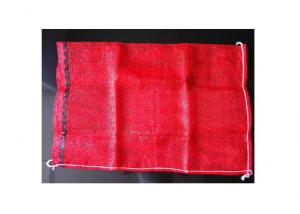Plastic Seed Tray Plug Tray for Green House Nursery Tray
- Loading Port:
- China main port
- Payment Terms:
- TT OR LC
- Min Order Qty:
- 1000 pc
- Supply Capability:
- 100000 pc/month
OKorder Service Pledge
OKorder Financial Service
You Might Also Like
Structure of the seed tray:
Top quality and competitive price.
Variety design and good appearance.
Easy to use, and remove.
Durable and reusable.
Eco-Friendly.
Description Main Features of the seed tray:
Ideal for Starting seeds and Transplanting Seedling.
Suitable for both manual and automatic planting.
Suitable for Propagating Vegetables, Flowers and other plant from seed in green-house or indoors.
Seed Tray Images:
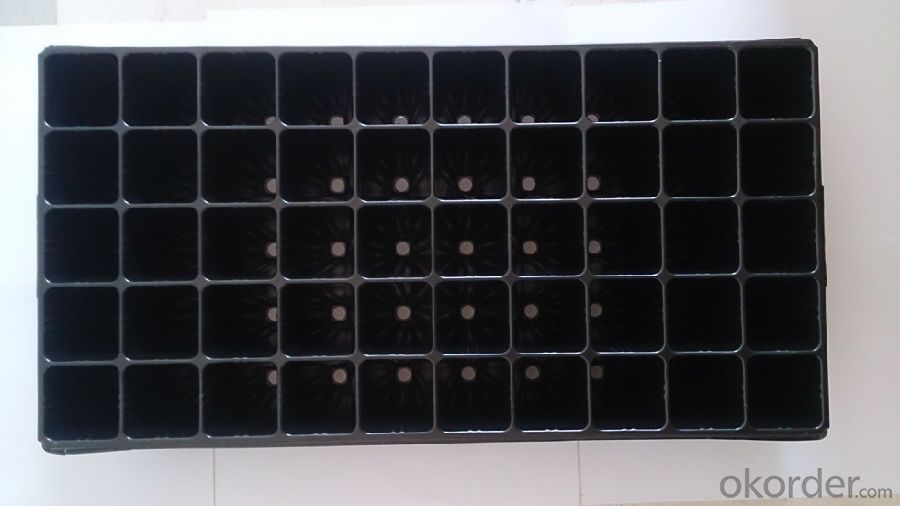
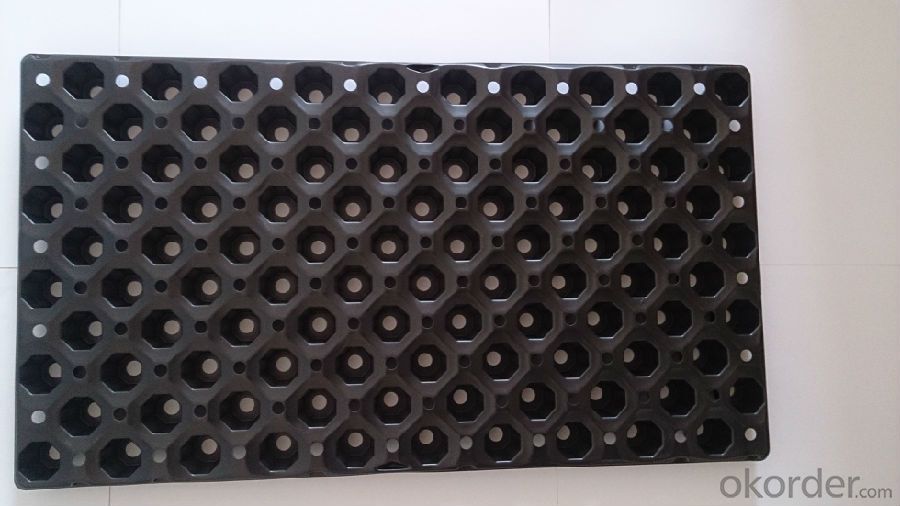
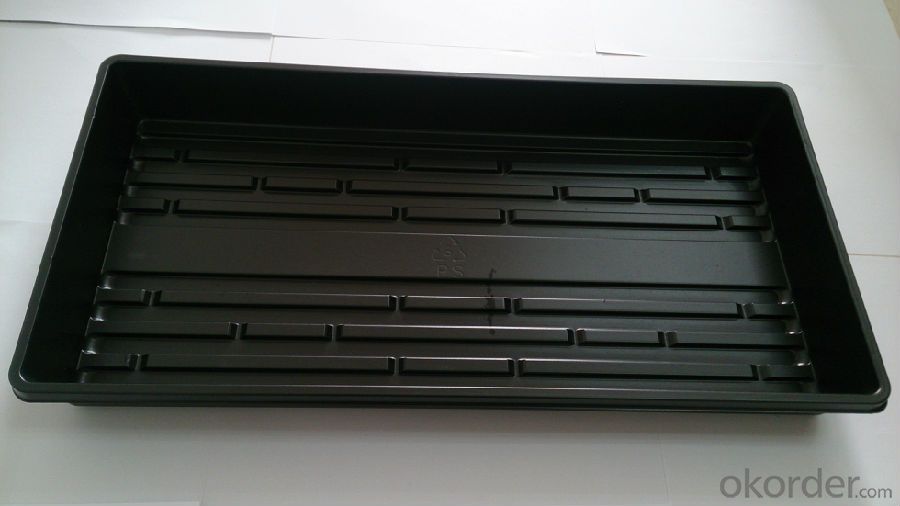
Seed Tray Specification:
Material: HIPS/PVC
Thickness: 0.5mm-1.5mm, Standard:1mm
Weight: 80g(±5)g-230g(±5)g, Standard weight:155g(±5)g
Size: length:490mm-540mm, width:190mm-345mm,depth:25mm-150mm
Standard:54mmX28mm
Cell count: 18-512
Package: carton
Using time: 8-10 times
FAQ:
Q:How Can I Get A Sample?
A:You can get samples by communicate with our export sales.
Q:How Long Is Delivery?
A:Delivery time will be 7-25 days according to order quantity.
Q:What Is The MOQ?
A:Our MOQ is 1*20FT container quantity, allow to mix several items.
Q:What Is Our Normal Payments Terms?
A:Our normal payment terms now is T/T, L/C or Western Union,Papal.
Q:How Do I Order Your Products?
A:You can check our website for any items you interest and you can also get communication with our export sales and order for it accordingly.
Q:What Kinds Of Material We Use In Our Product?
A:Our plastic flower pots use material such as PP polymer or PE polymer.
Thickness vs. Weight
Thickness of trays are from 0.5mm to 1.0mm.
1.0mm: 155g±5g; 100pcs/ctn.
0.9mm: 140g±5g; 120pcs/ctn.
0.7mm: 110g±5g; 150pcs/ctn.
0.6mm: 95g±5g; 180pcs/ctn.
0.5mm: 80g±5g; 200pcs/ctn.
Using time:
thickness of 0.5mm can be used 1 to 2 times.
thickness of 0.6mm can be used 3 to 4 times.
thickness of 0.7mm can be used 5 to 6 times.
thickness of 0.8mm can be used 7 to 8 times.
thickness of 0.9mm can be used 8 to 9 times.
thickness of 1.0mm can be used 8 to 10 times.
- Q:Are agricultural plastic products used in precision agriculture?
- Yes, agricultural plastic products are commonly used in precision agriculture. These products, such as mulch films, drip irrigation systems, and greenhouse covers, play crucial roles in optimizing crop growth and yield by providing controlled environments, conserving water and nutrients, and protecting plants from pests and adverse weather conditions.
- Q:What are some ground cover options for a coastal garden?
- Some ground cover options for a coastal garden include beach grass, sea thrift, ice plant, creeping thyme, and seaside goldenrod. These options are well-suited to the coastal environment and can withstand the harsh conditions such as salt spray and sandy soil.
- Q:or how to make plastics are chromed like? i've tried chrome looked paint but still not success
- Chrome fittings in plastic models normally are made with the reflective surface in the plastic. To chrome plate plastic it must be given a conductive surface, such as a copper or nickel paint. You may wish to try a number of different chrome paints including sprays. They behave differently and results differ, but all have to be shaken throughly before hand and shaken or stirred while being used.
- Q:How does agricultural plastic affect soil erosion control?
- Agricultural plastic can have both positive and negative effects on soil erosion control. On one hand, the use of plastic mulch or covers can help reduce erosion by providing a protective barrier that prevents soil from being washed away by rain or blown away by wind. It also helps retain moisture in the soil, promoting plant growth and reducing erosion. On the other hand, improper disposal or management of agricultural plastic can contribute to soil erosion. If plastic is not properly removed after use, it can break down into microplastics that can contaminate the soil, hinder water infiltration, and negatively impact soil health, leading to increased erosion. Therefore, it is important to ensure proper use, disposal, and recycling of agricultural plastic to minimize its negative impact on soil erosion control.
- Q:What are some reasons why we need to conserve plastic bags?
- A better question is why should we use 100's of something a year that's disposable and that is weaker and inferior to its re-usable counterpart? Plastic bags take up a lot of resources to manufacture, ship, and dispose of/recycle and account for a huge amount of our landfill trash. That's when they don't float away and get mixed into a natural or urban environment. In the natural environment they harm animals. So what are the drawbacks to NOT using them?... anyone else hear crickets?
- Q:What are nursery trays used for?
- Nursery trays are used for starting and growing plants from seeds or cuttings in a controlled and organized manner.
- Q:i need ways to sterilize plastics like the grocery bags etc.
- Sterilization by heat is tricky, given the low melting point of this plastic. LDPE is very resistant to chemicals and solvents so chemical sterilisation techniques are easily used. Soaking in bleach should do the trick. Alcohol would work nicely too.
- Q:Are nursery trays suitable for bonsai pots?
- No, nursery trays are not suitable for bonsai pots. Bonsai pots have specific characteristics that are essential for the health and growth of bonsai trees, such as proper drainage, size, depth, and aesthetics. Nursery trays typically lack these features and are designed for temporary plant storage or propagation purposes. It is important to use appropriate bonsai pots to ensure the success and long-term health of bonsai trees.
- Q:How do you prevent ground cover from becoming a haven for pests and diseases?
- To prevent ground cover from becoming a haven for pests and diseases, it is essential to follow these practices: 1. Regular maintenance: Routinely inspect and maintain the ground cover by removing weeds, dead leaves, and debris. These can harbor pests and diseases, providing them with a conducive environment to thrive. 2. Proper spacing: Ensure that ground covers are planted at appropriate distances to allow air circulation and reduce the chances of diseases spreading. Crowded plants can create humid conditions that attract pests and promote disease development. 3. Select resistant varieties: Choose ground cover plants that are known to be resistant to common pests and diseases in your area. This can significantly reduce the chances of infestation and minimize the need for chemical treatments. 4. Mulching: Apply a layer of organic mulch around ground cover plants. Mulch helps to retain soil moisture, suppress weeds, and regulate soil temperature, reducing stress on the plants and making them less susceptible to pests and diseases. 5. Proper watering: Water the ground cover plants at their base, avoiding overhead irrigation. Wet foliage can create a favorable environment for diseases to thrive. Watering at the base also encourages deeper root growth, making plants more resilient. 6. Crop rotation: If you have multiple ground covers in your garden, practice crop rotation to prevent the buildup of pests and diseases. Avoid planting the same species or related plants in the same location year after year. 7. Sanitation: Regularly clean and sanitize gardening tools to prevent the spread of diseases from one plant to another. Dispose of infected plant material properly to avoid contamination. By implementing these preventive measures, you can maintain healthy ground cover and minimize the risks associated with pests and diseases.
- Q:How do you establish ground cover in a newly landscaped area?
- To establish ground cover in a newly landscaped area, there are a few steps you can follow. First, prepare the soil by removing any weeds or debris and loosening it with a garden fork or tiller. Next, choose an appropriate ground cover plant that suits your soil type, sunlight conditions, and aesthetic preferences. Plant the ground cover plants at the recommended spacing, ensuring they have enough room to grow and spread. Water the area thoroughly after planting and make sure to provide regular watering until the ground cover is established. Applying a layer of organic mulch can help retain moisture and suppress weed growth. Finally, provide regular maintenance, including occasional trimming or mowing, to promote healthy growth and prevent overcrowding.
1. Manufacturer Overview |
|
|---|---|
| Location | |
| Year Established | |
| Annual Output Value | |
| Main Markets | |
| Company Certifications | |
2. Manufacturer Certificates |
|
|---|---|
| a) Certification Name | |
| Range | |
| Reference | |
| Validity Period | |
3. Manufacturer Capability |
|
|---|---|
| a)Trade Capacity | |
| Nearest Port | |
| Export Percentage | |
| No.of Employees in Trade Department | |
| Language Spoken: | |
| b)Factory Information | |
| Factory Size: | |
| No. of Production Lines | |
| Contract Manufacturing | |
| Product Price Range | |
Send your message to us
Plastic Seed Tray Plug Tray for Green House Nursery Tray
- Loading Port:
- China main port
- Payment Terms:
- TT OR LC
- Min Order Qty:
- 1000 pc
- Supply Capability:
- 100000 pc/month
OKorder Service Pledge
OKorder Financial Service
Similar products
New products
Hot products
Hot Searches
Related keywords

